Ampex 601 Preamp
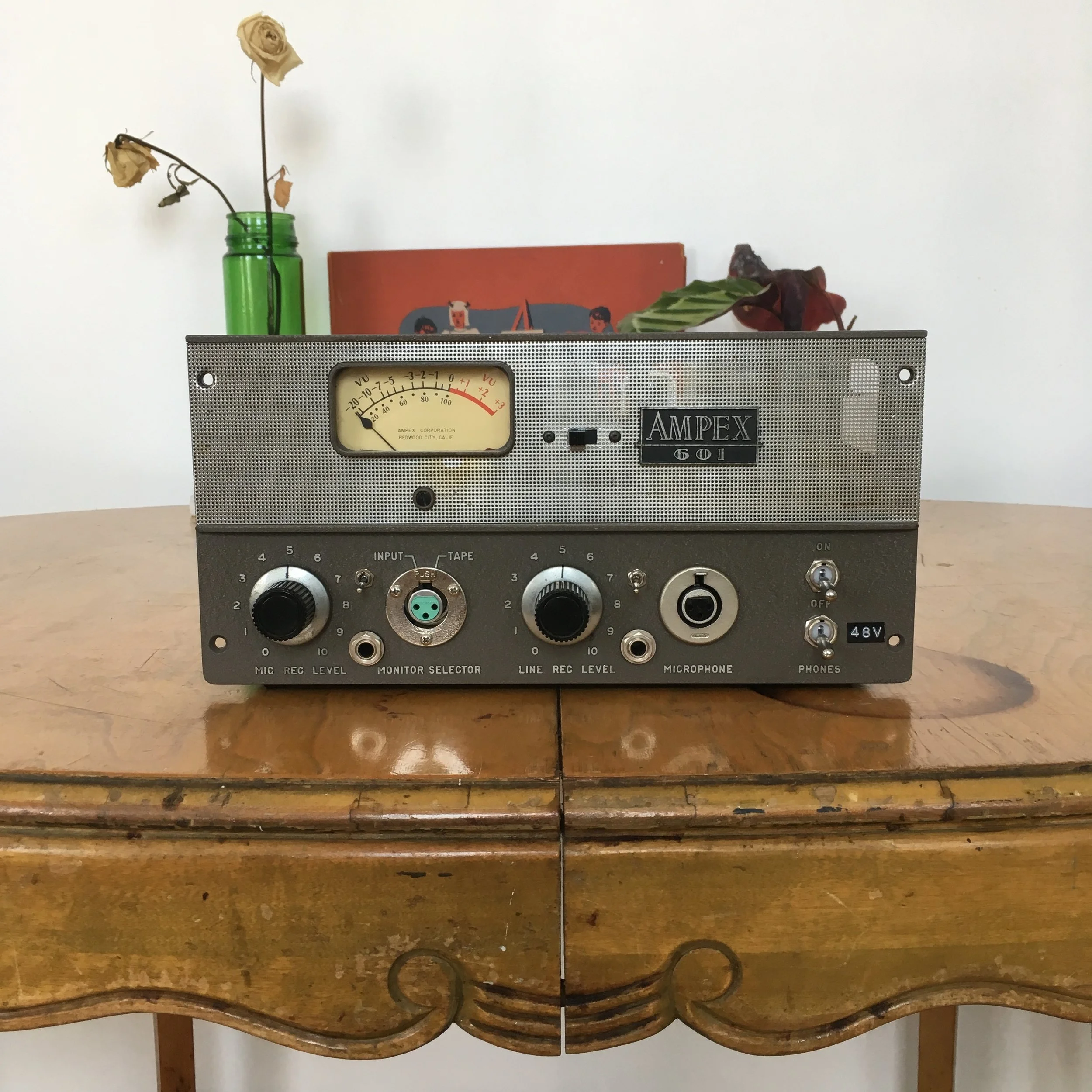
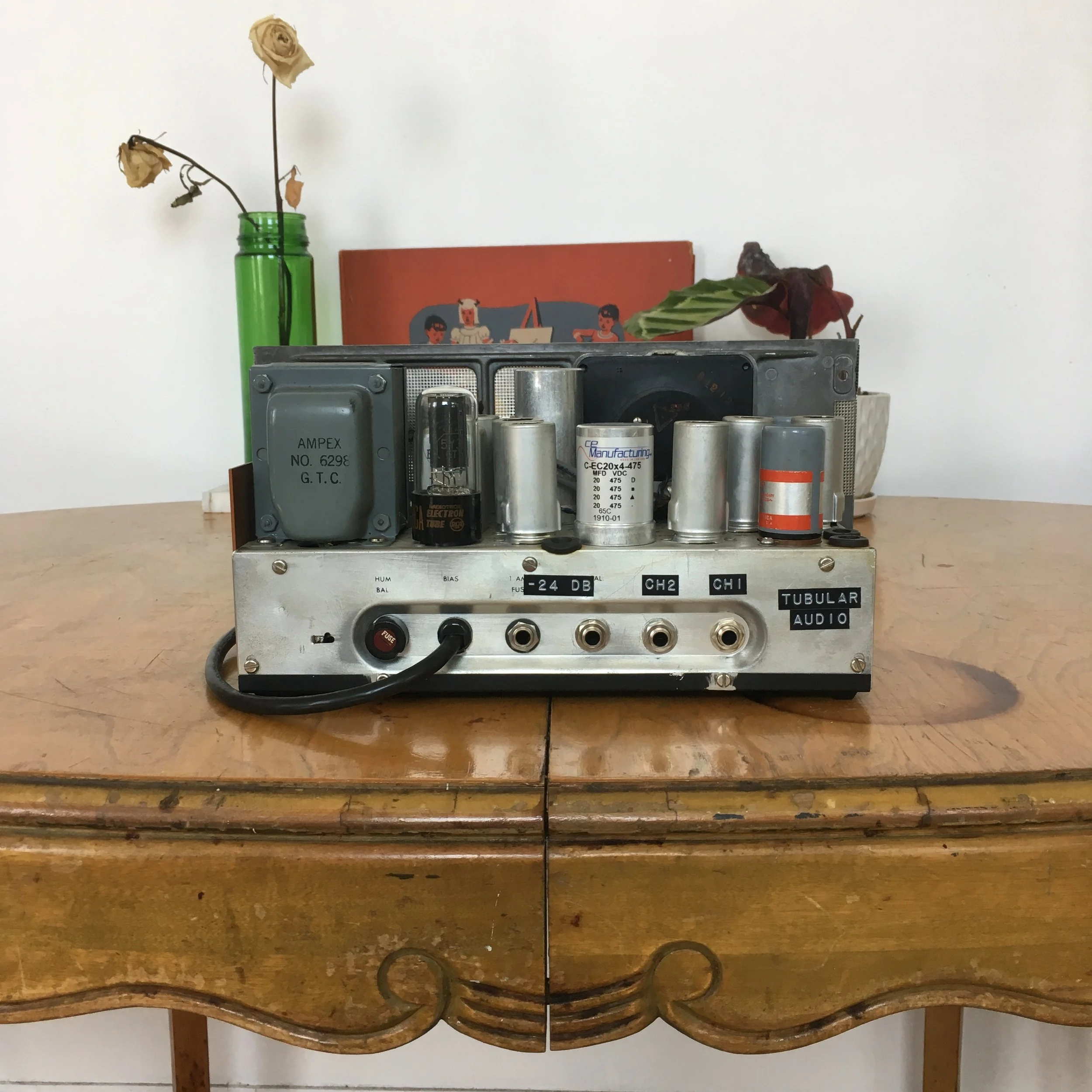
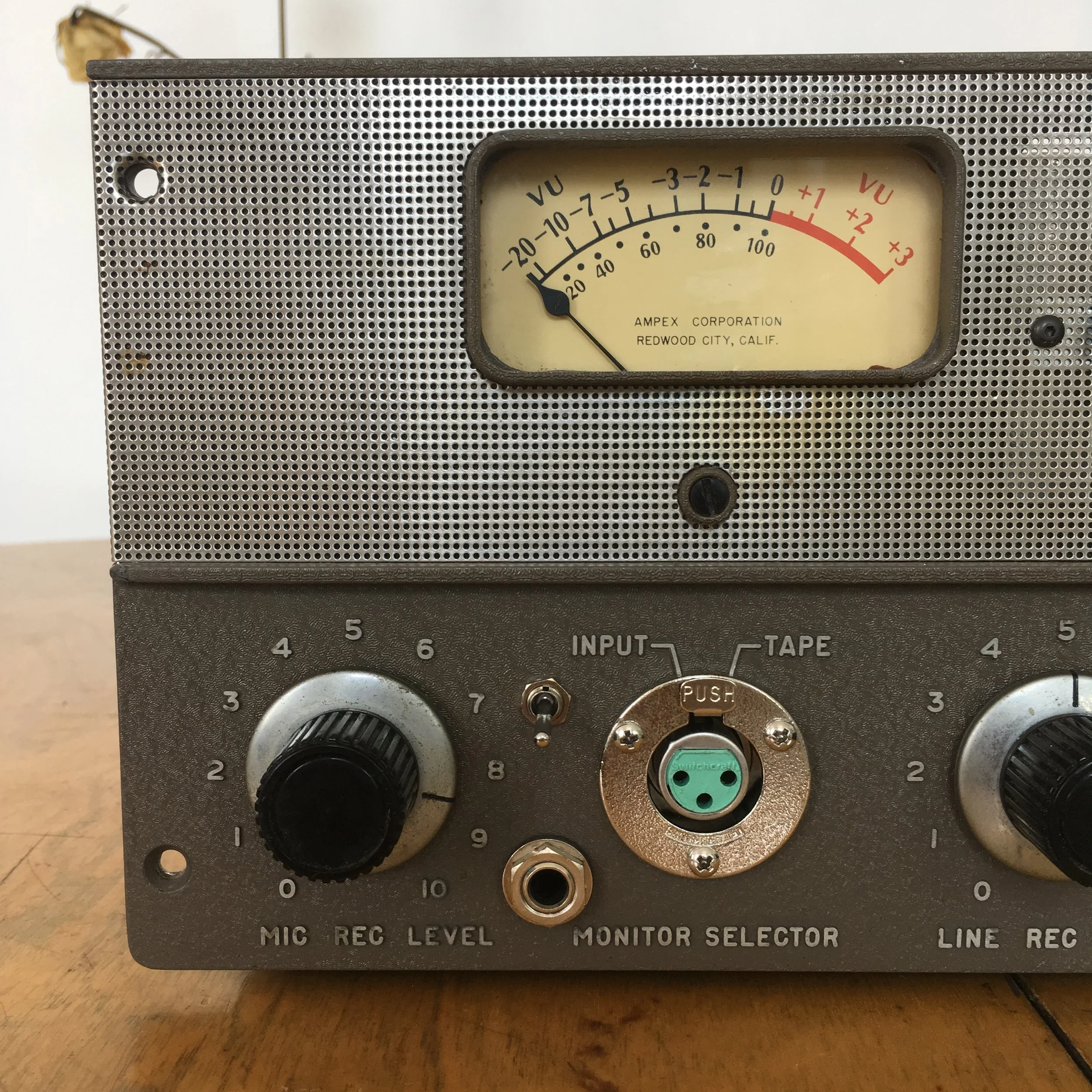
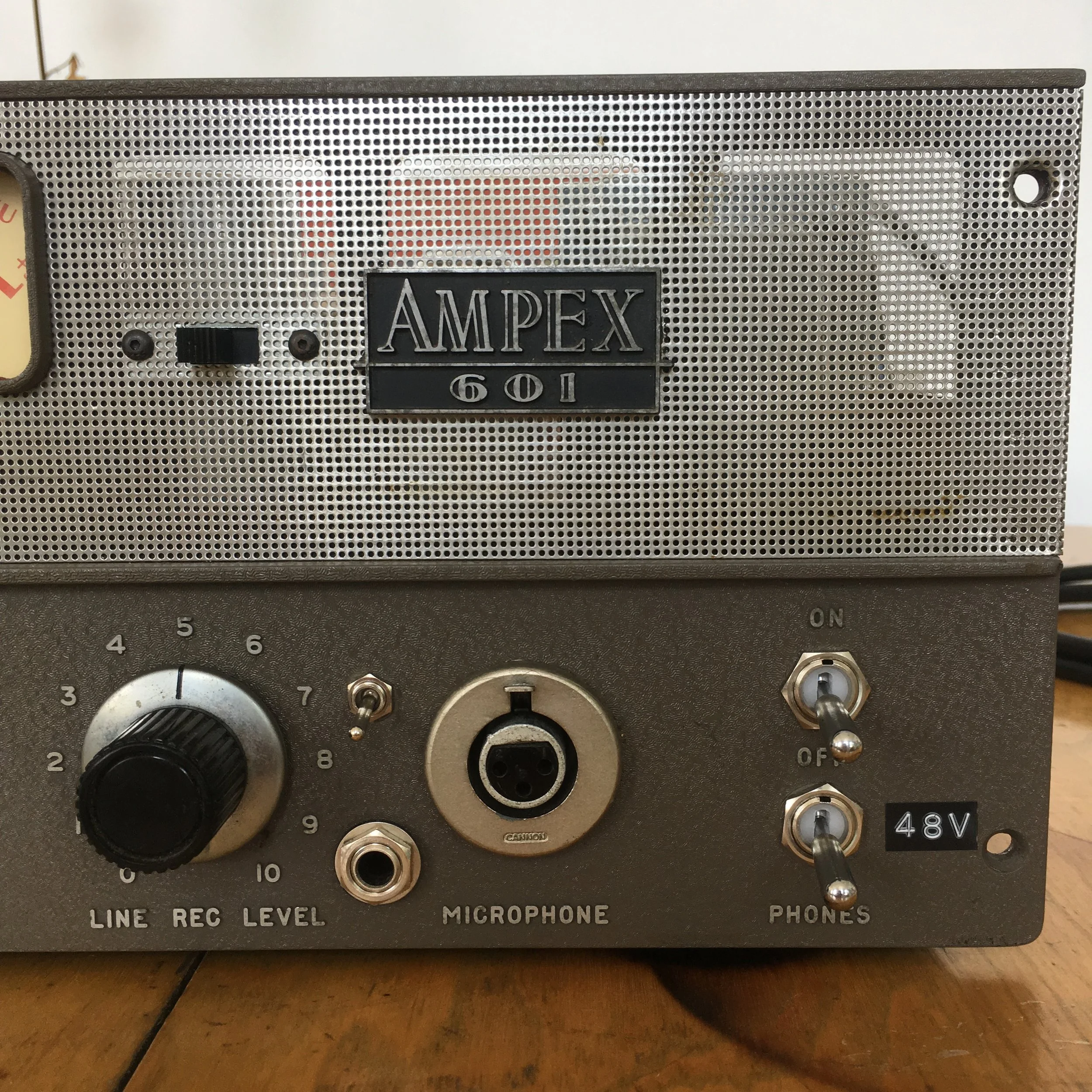
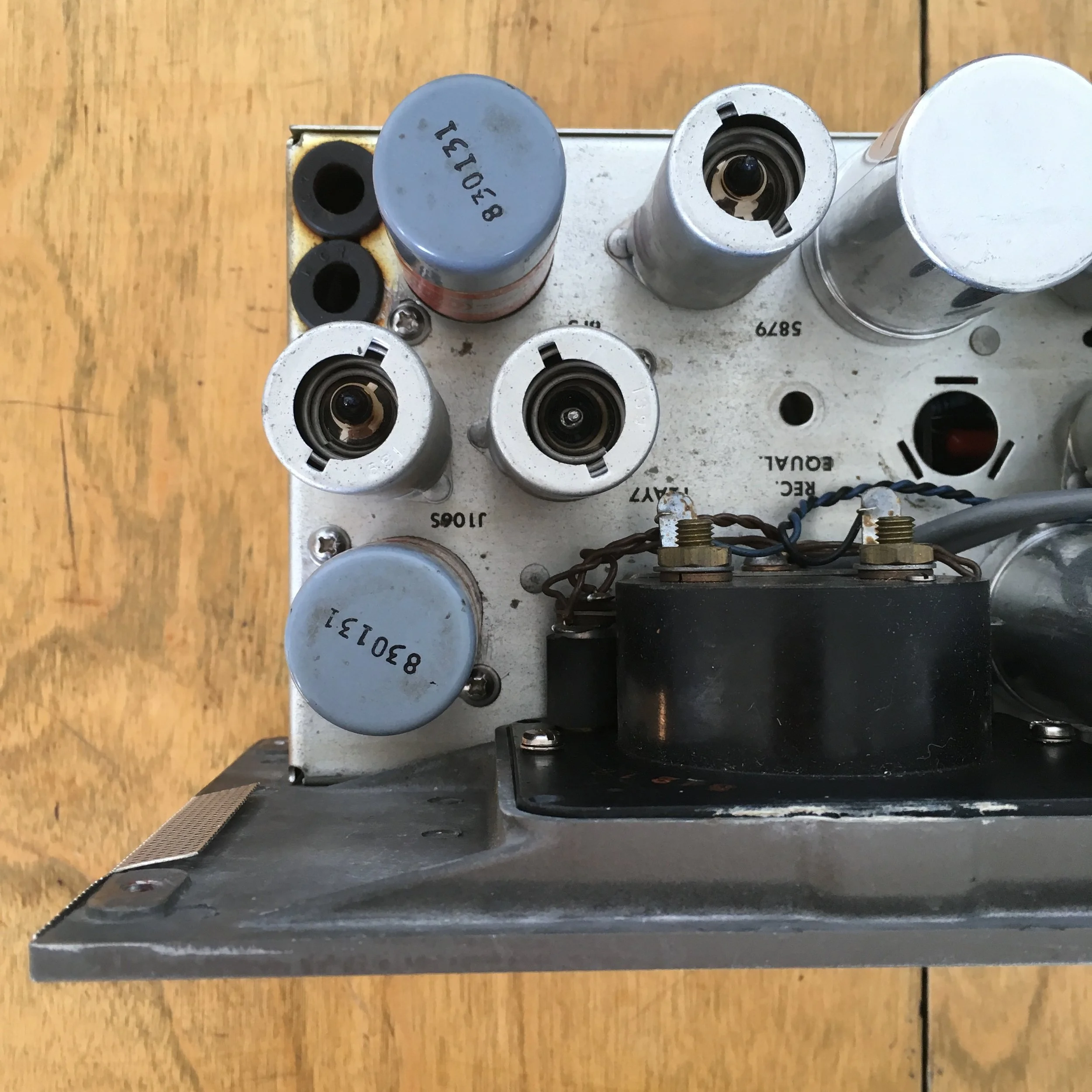
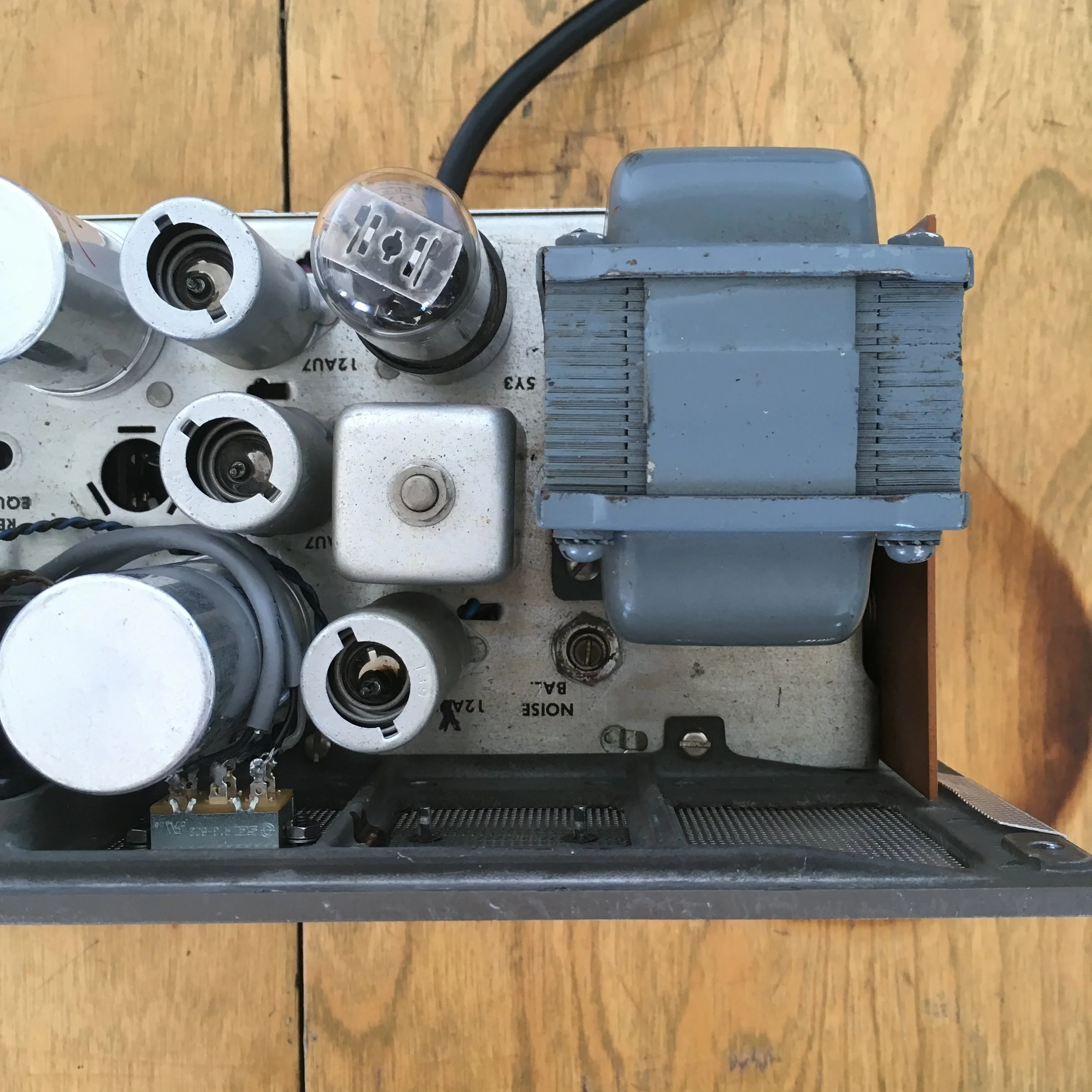
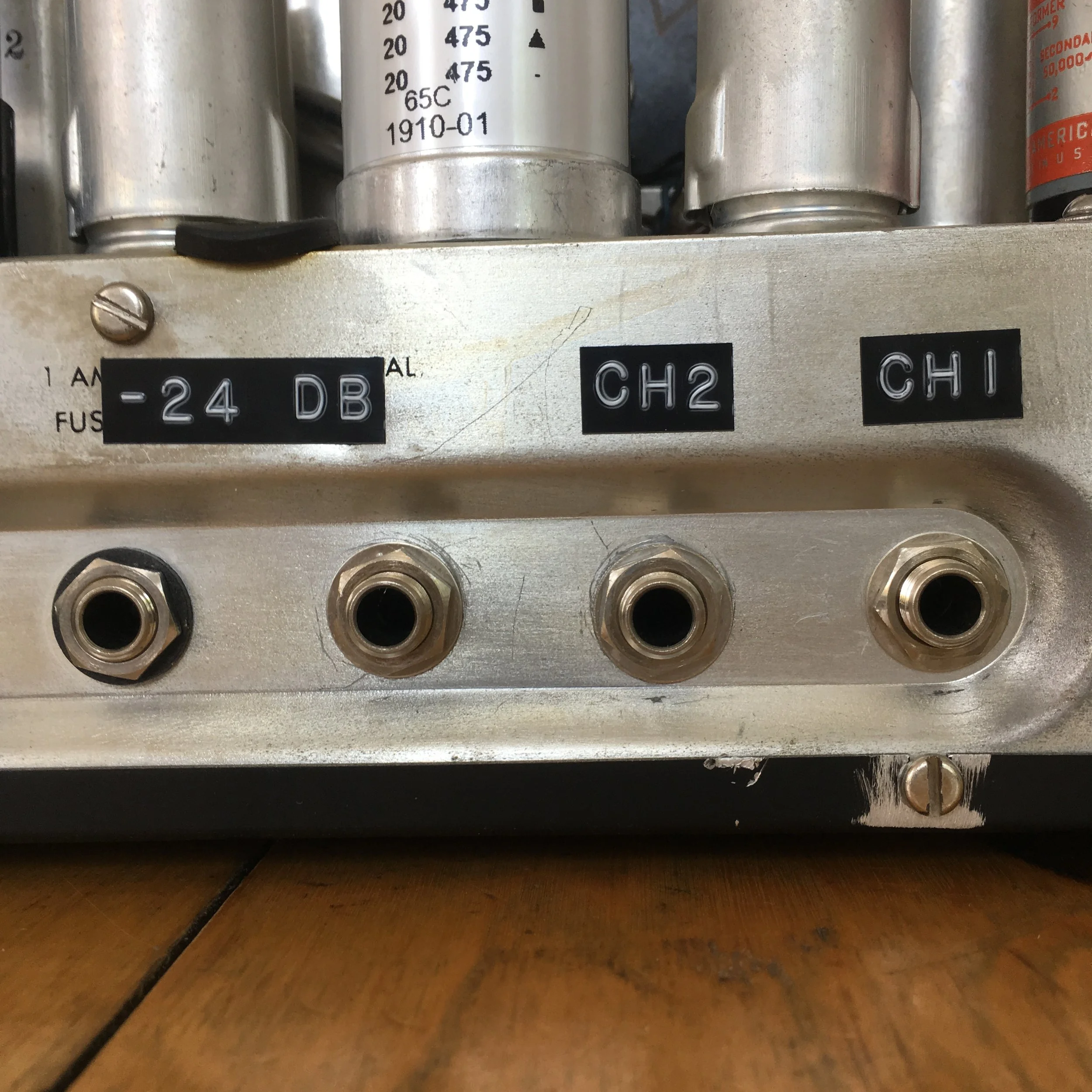

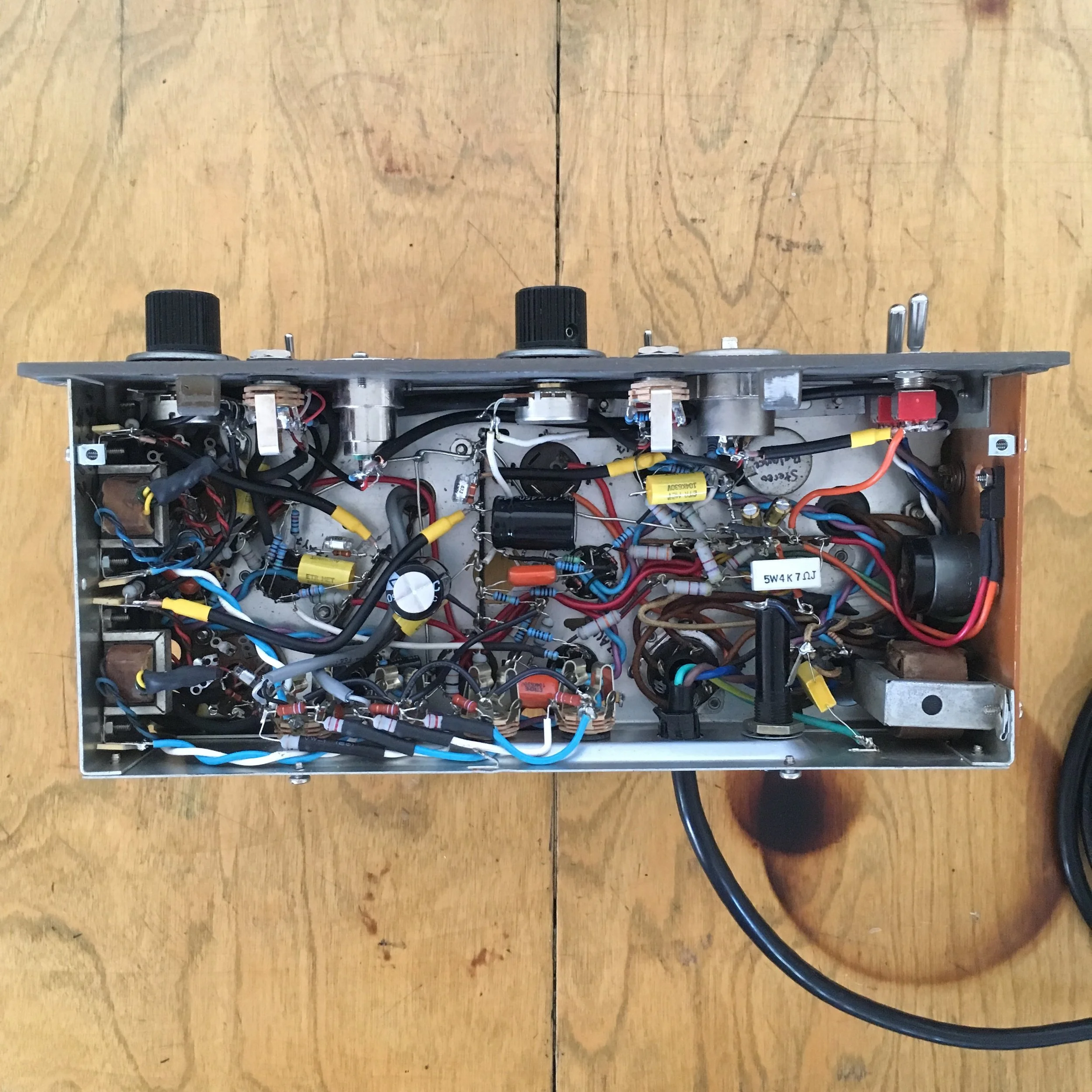
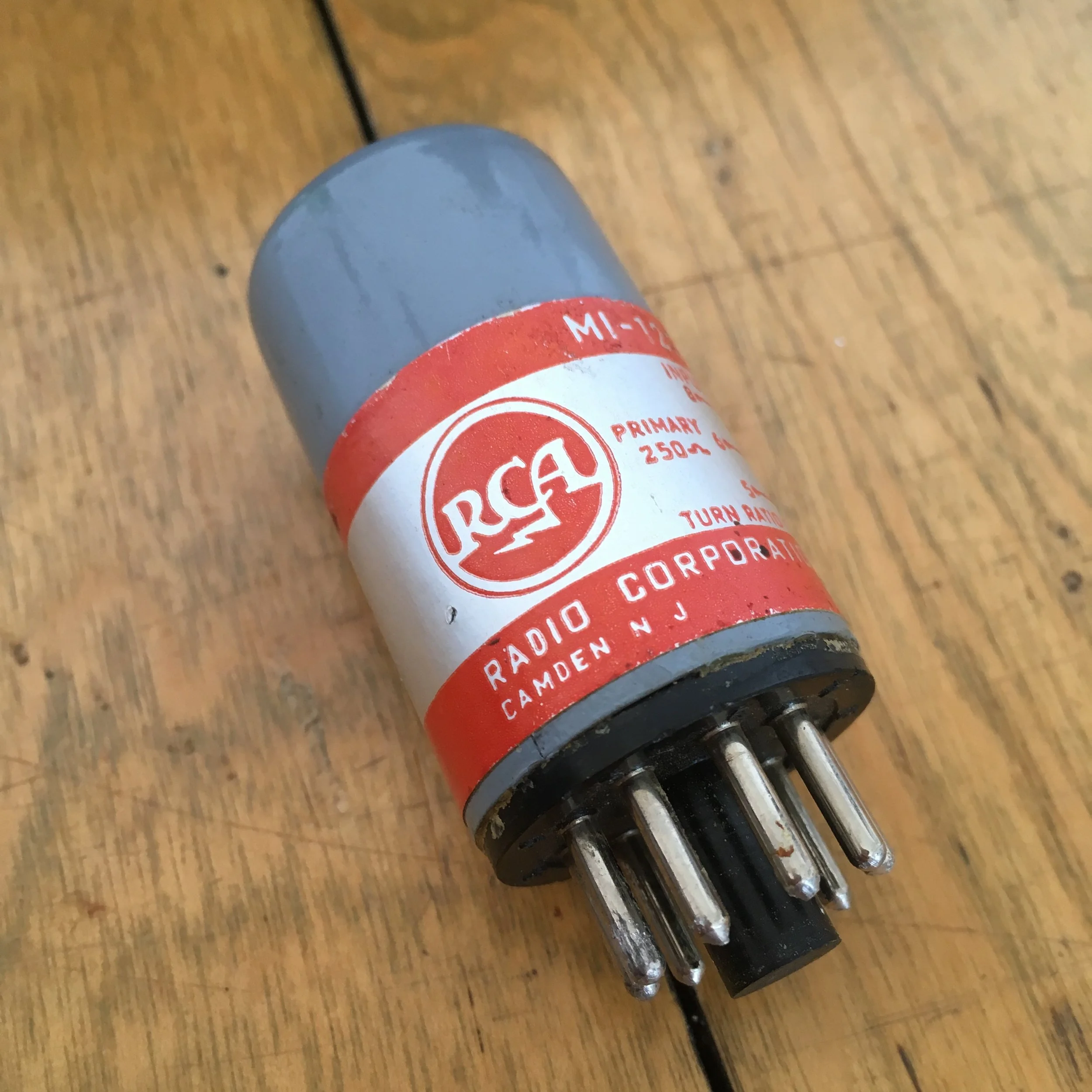
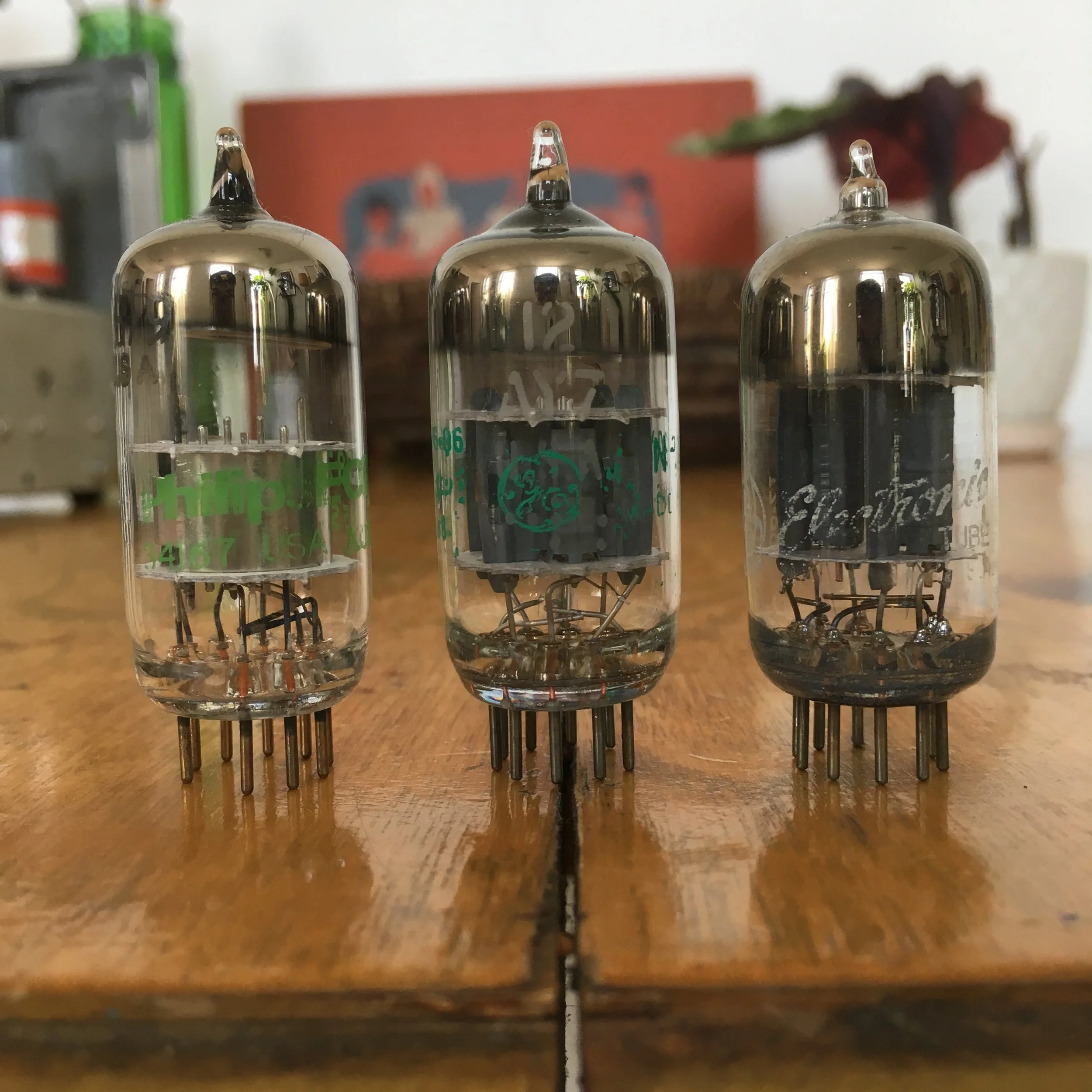
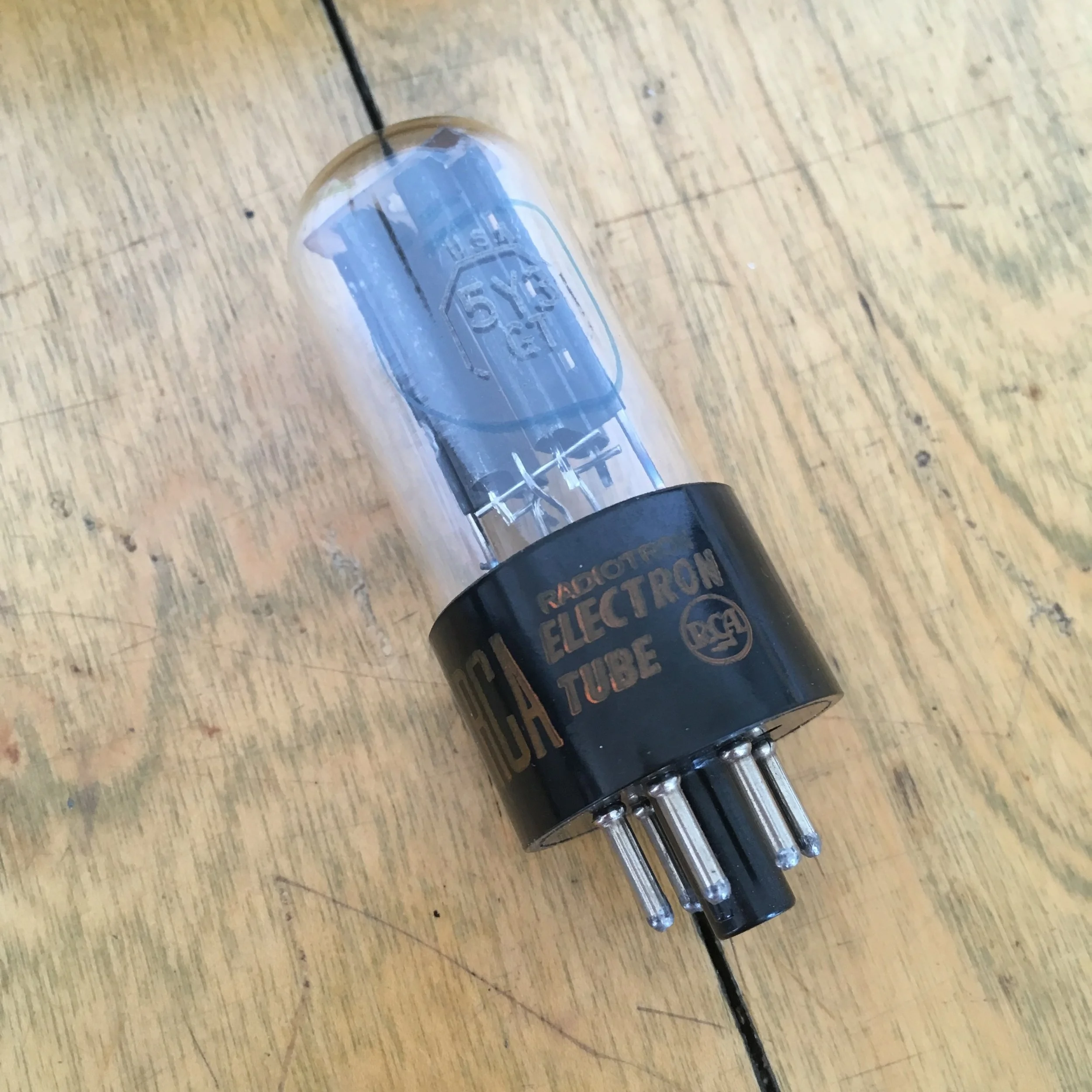


Ampex 601 Preamp
An Ampex 601 tape record/playback amplifier converted to a dual microphone preamp with selectable line pad, vintage transformer-balanced i/o, 72dB of gain on tap, Hi-Z instrument input, and 48V phantom power.
No units currently available. Build upon request. Email for inquiries
Features:
Two independent channels with 75dB of gain
48V phantom power
Switchable line input pads
Hi-Z instrument inputs
Matched NOS tube compliment:
Phillips 5879, General Electric 12AY7, General Electric 12AU7
Vintage RCA input transformers
Vintage Ampex 601 output transformers
Description:
The Ampex 601 is a tape record and playback amplifier integrated in a reel-to-reel tape recorder. It was housed in a very neat portable suitcase and came in single-channel and dual-channel models (Ampex 601 - Wikipedia). Nowadays, they’re cool to convert into mic preamps since they look awesome and sound even better. In the stock units, there’s a lot of vestigial circuitry used for the tape bias oscillator and playback amp, so you can fit two channels in the space of one (if you know what you’re doing).
Since many components needed replacing, I decided to redesign much of the circuit to stringent specifications. What remains the same between mine and the original is the tube compliment used in the signal path: A 5879 pentode at the input, a 12AY7 for further amplification, and a 12AU7 to drive the output transformer.
The most striking aspect of this preamp is the color it imparts, from the RCA input transformers to the small, stock output transformers, to the three stages of tube amplification between. To compliment this sound, I included -24dB padded outputs which allow you to push the preamp into ultra crunchy territory without overloading your interface. With the line input pads, you’ll be eager to run all your mixes through this circuitry.
The mic inputs are best suited for low-impedance microphones, like most dynamics and condensers on the market. If you pair it with a ribbon mic, you’ll get some pretty extreme coloration from the vintage input transformers, and it’s absolutely worth the experimentation.